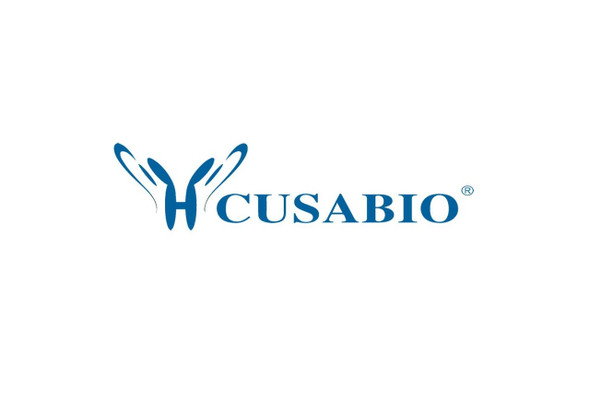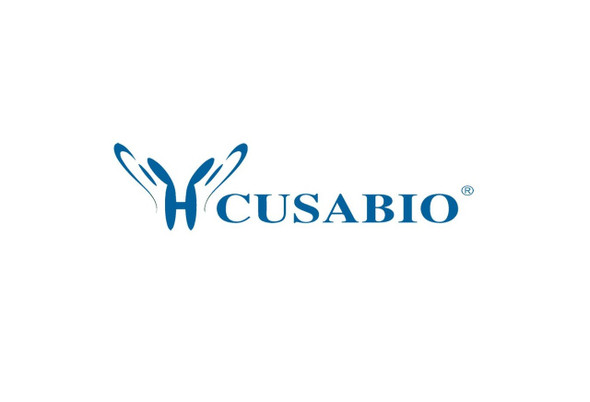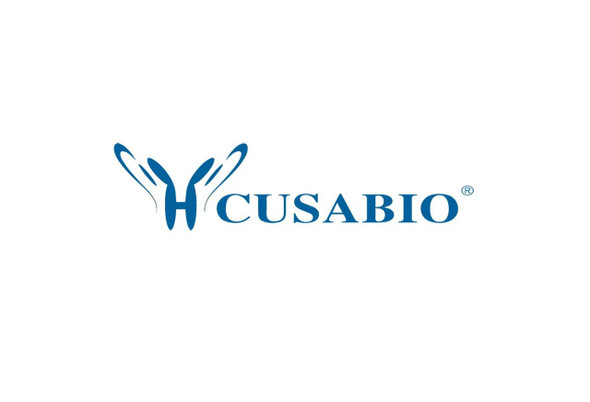Cusabio Active Proteins
Recombinant Human Tumor necrosis factor receptor superfamily member 5 (CD40), partial (Active) | CSB-AP005181HU
- SKU:
- CSB-AP005181HU
- Availability:
- 5 to 10 Working Days
Description
Recombinant Human Tumor necrosis factor receptor superfamily member 5 (CD40) ,partial (Active) | CSB-AP005181HU | Cusabio
Protein Description: Extracellular Domain
Alternative Name (s) : Tumor Necrosis Factor Receptor Superfamily member 5; B-Cell Surface Antigen CD40; Bp50; CD40L Receptor; CDw40; CD40; TNFRSF5
Gene Names: CD40
Research Areas: Immunology
Species: Homo sapiens (Human)
Source: Mammalian cell
Tag Info: C-terminal Fc-tagged
Expression Region: 21-193aa
Sequence Info: EPPTACREKQYLINSQCCSLCQPGQKLVSDCTEFTETECLPCGESEFLDTWNRETHCHQHKYCDPNLGLRVQQKGTSETDTICTCEEGWHCTSEACESCVLHRSCSPGFGVKQIATGVSDTICEPCPVGFFSNVSSAFEKCHPWTSCETKDLVVQQAGTNKTDVVCGPQDRLR
Biological Activity: The ED50 as determined by its ability to bind Human TNFSF5 in functional ELISA is less than 20 ug/ml.
MW: 46.3 kDa
Purity: Greater than 95% as determined by SDS-PAGE.
Endotoxin: Less than 1.0 EU/µg as determined by LAL method.
Relevance: CD40 is a Type I Transmembrane Glycoprotein that belongs to the TNF Receptor Superfamily. CD40 is expressed in B cells, follicular dendritic cells, dendritic cells, activated monocytes, macrophages, endothelial cells, vascular smooth muscle cells, and several tumor cell lines. The extracellular domain of CD40 is characterized by Cysteine rich repeat regions. Interaction of CD40 with its ligand (CD40L) leads to aggregation of CD40 molecules, which in turn interact with cytoplasmic components to initiate signaling pathways. Several different TRAF proteins (adaptor proteins) have been identified to serves as mediators of the signal transduction. CD40 plays an essential role in mediating a broad variety of immune and inflammatory responses including T cell-dependent immunoglobulin class switching, memory B cell development, and germinal center formation.
PubMed ID:
Notes: Repeated freezing and thawing is not recommended. Store working aliquots at 4℃ for up to one week.
Function: Receptor for TNFSF5/CD40LG. Transduces TRAF6- and MAP3K8-mediated signals that activate ERK in macrophages and B cells, leading to induction of immunoglobulin secretion.
Involvement in disease: Immunodeficiency with hyper-IgM 3 (HIGM3)
Subcellular Location: Isoform I: Cell membrane, Single-pass type I membrane protein, SUBCELLULAR LOCATION: Isoform II: Secreted
Protein Families:
Tissue Specificity: B-cells and in primary carcinomas.
Paythway: NF-kappaBsignalingpathway
Form: Lyophilized powder
Buffer: Lyophilized from a 0.2 μm filtered 20 mM PB, 150 mM NaCl, pH 7.4
Reconstitution: We recommend that this vial be briefly centrifuged prior to opening to bring the contents to the bottom. Please reconstitute protein in deionized sterile water to a concentration of 0.1-1.0 mg/mL.We recommend to add 5-50% of glycerol (final concentration) and aliquot for long-term storage at -20℃/-80℃. Our default final concentration of glycerol is 50%. Customers could use it as reference.
Uniprot ID: P25942
Uniprot Entry Name:
HGNC Database Link: HGNC
UniGene Database Link: UniGene
KEGG Database Link: KEGG
STRING Database Link: STRING
OMIM Database Link: OMIM









